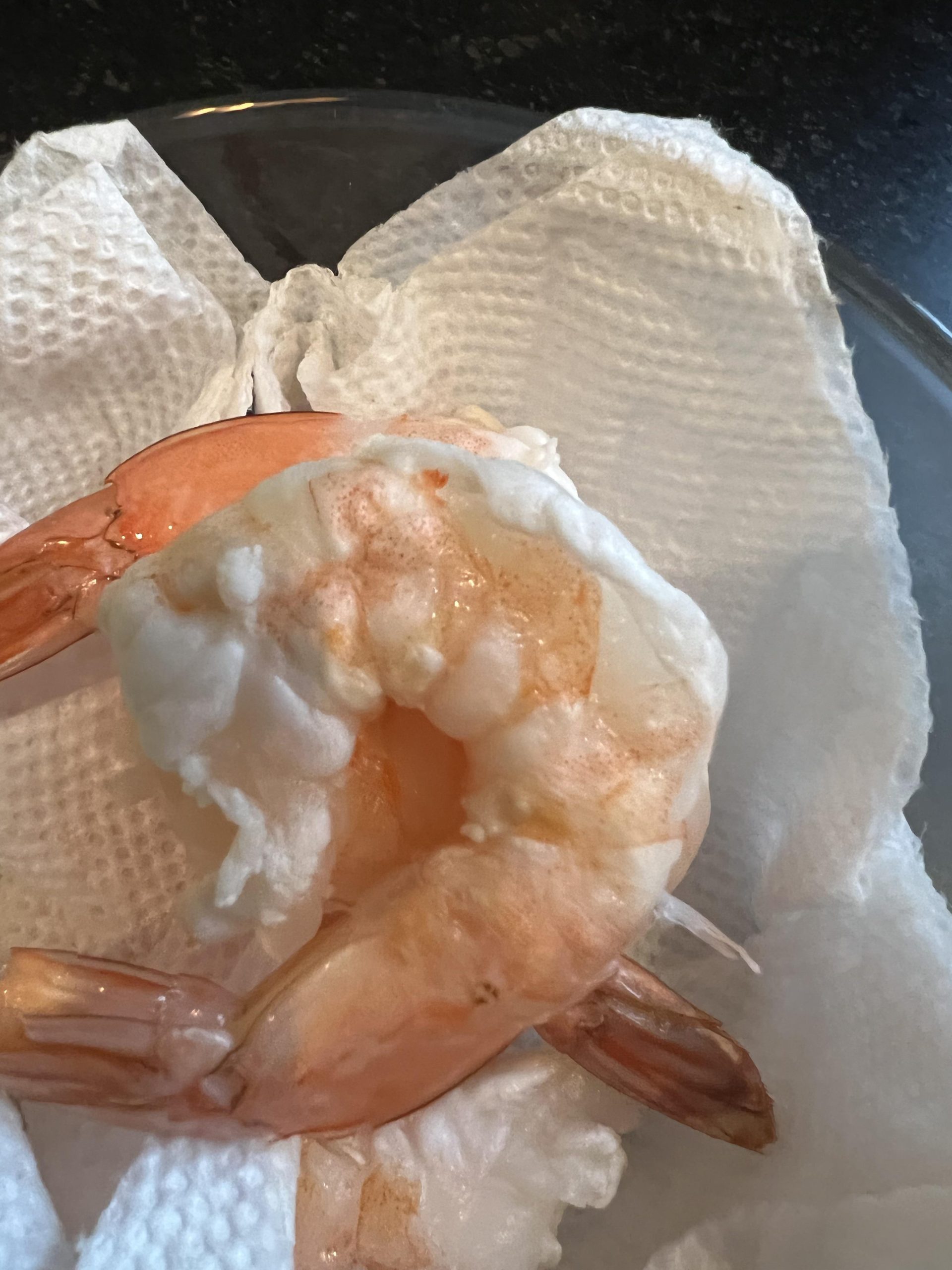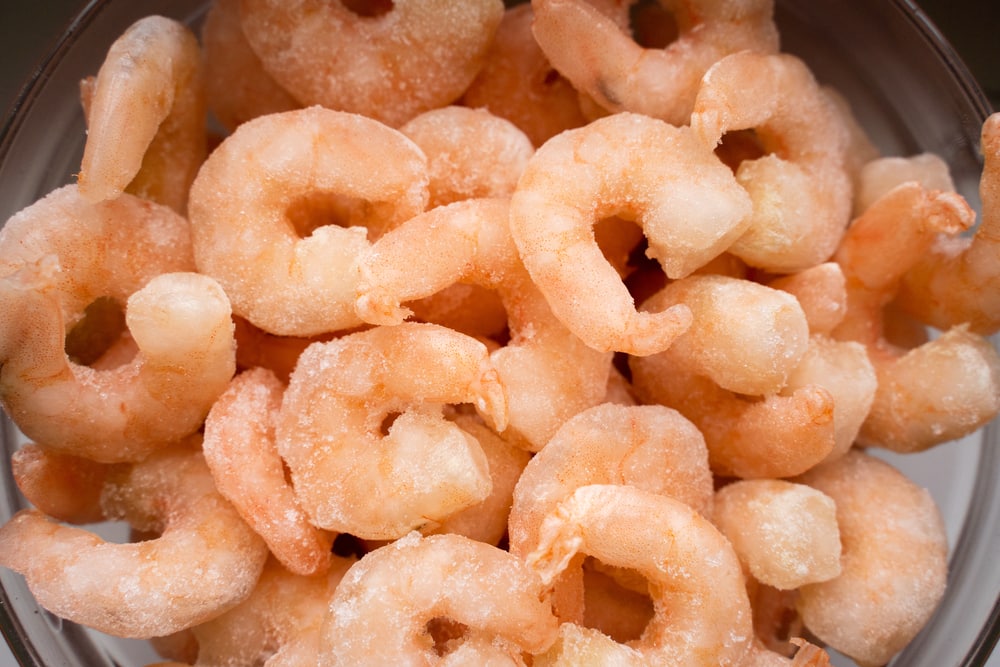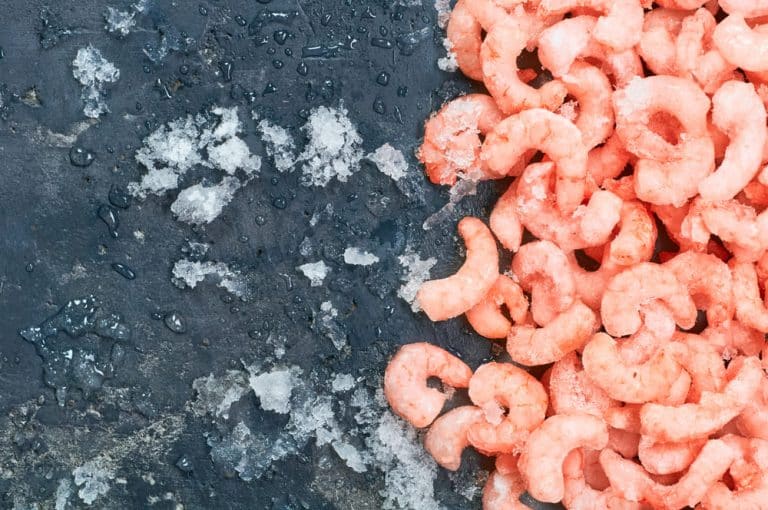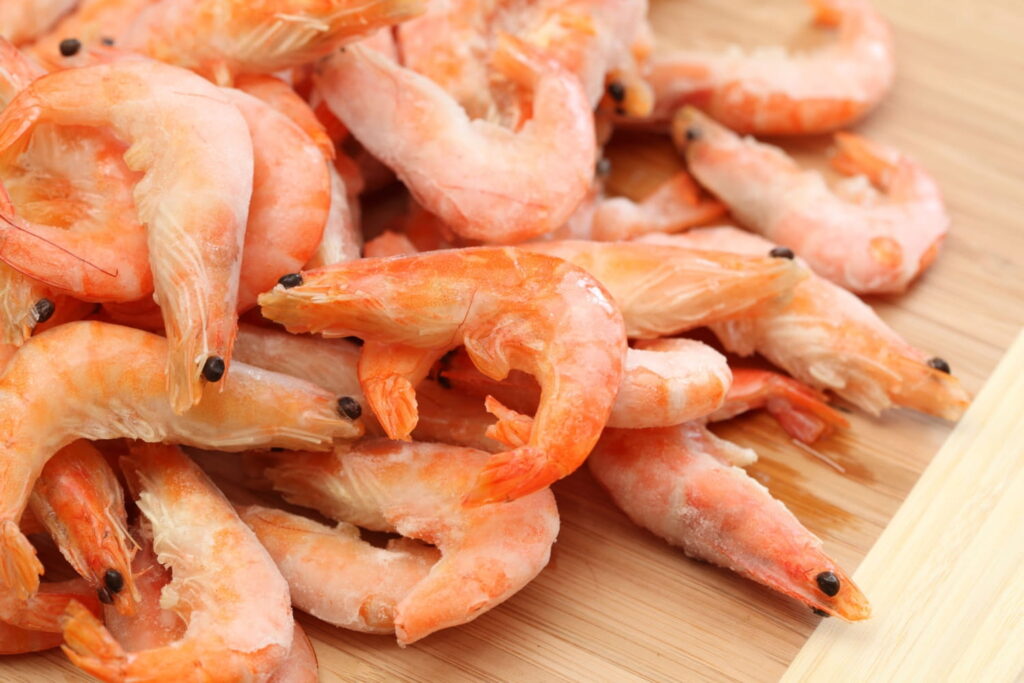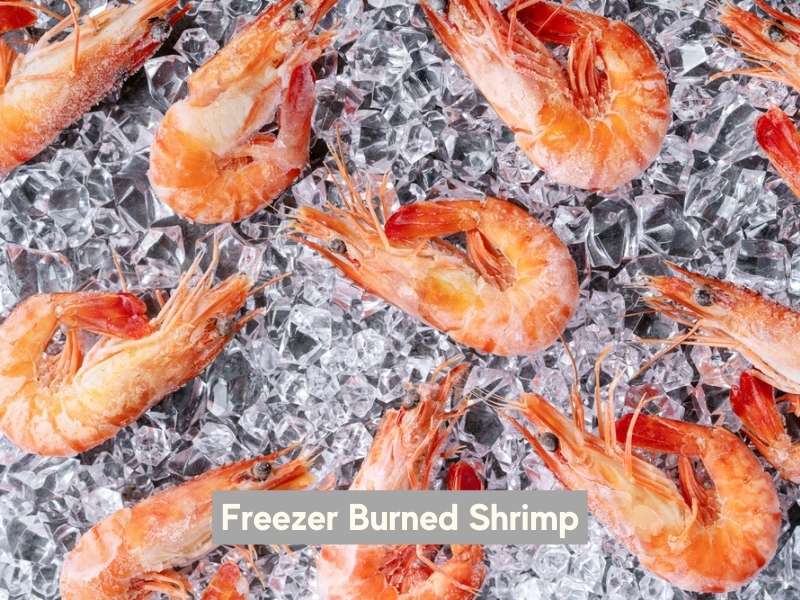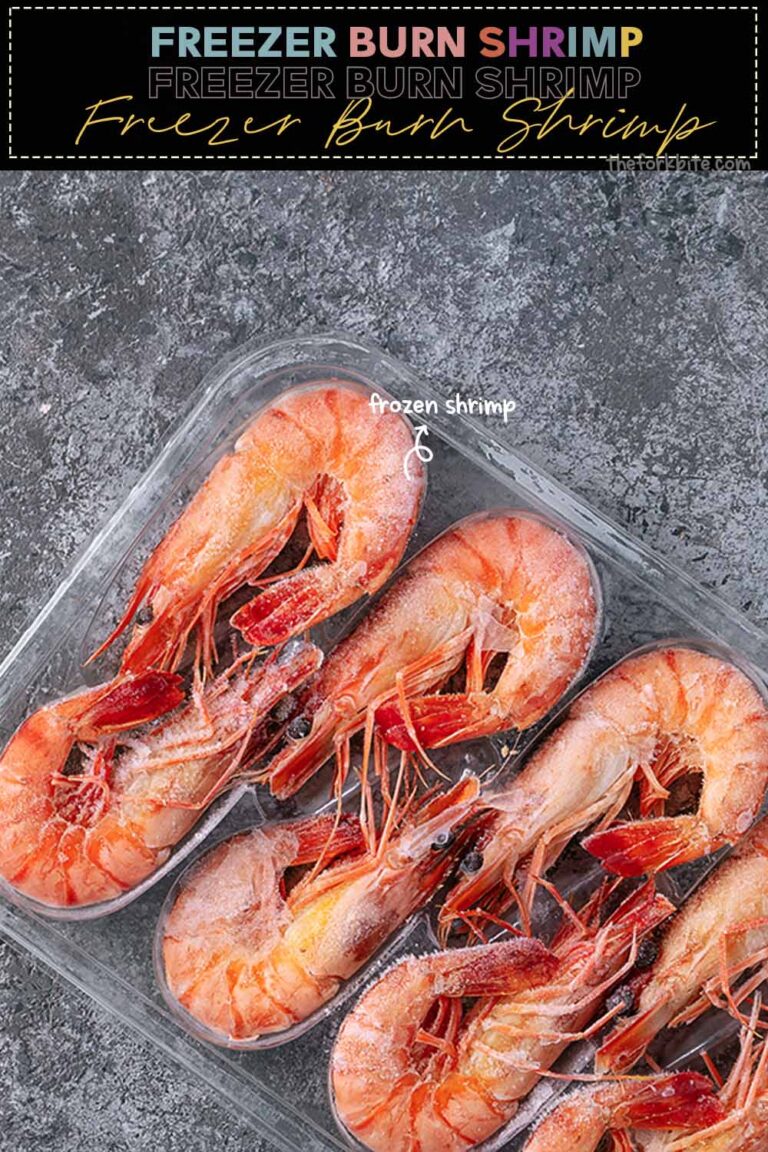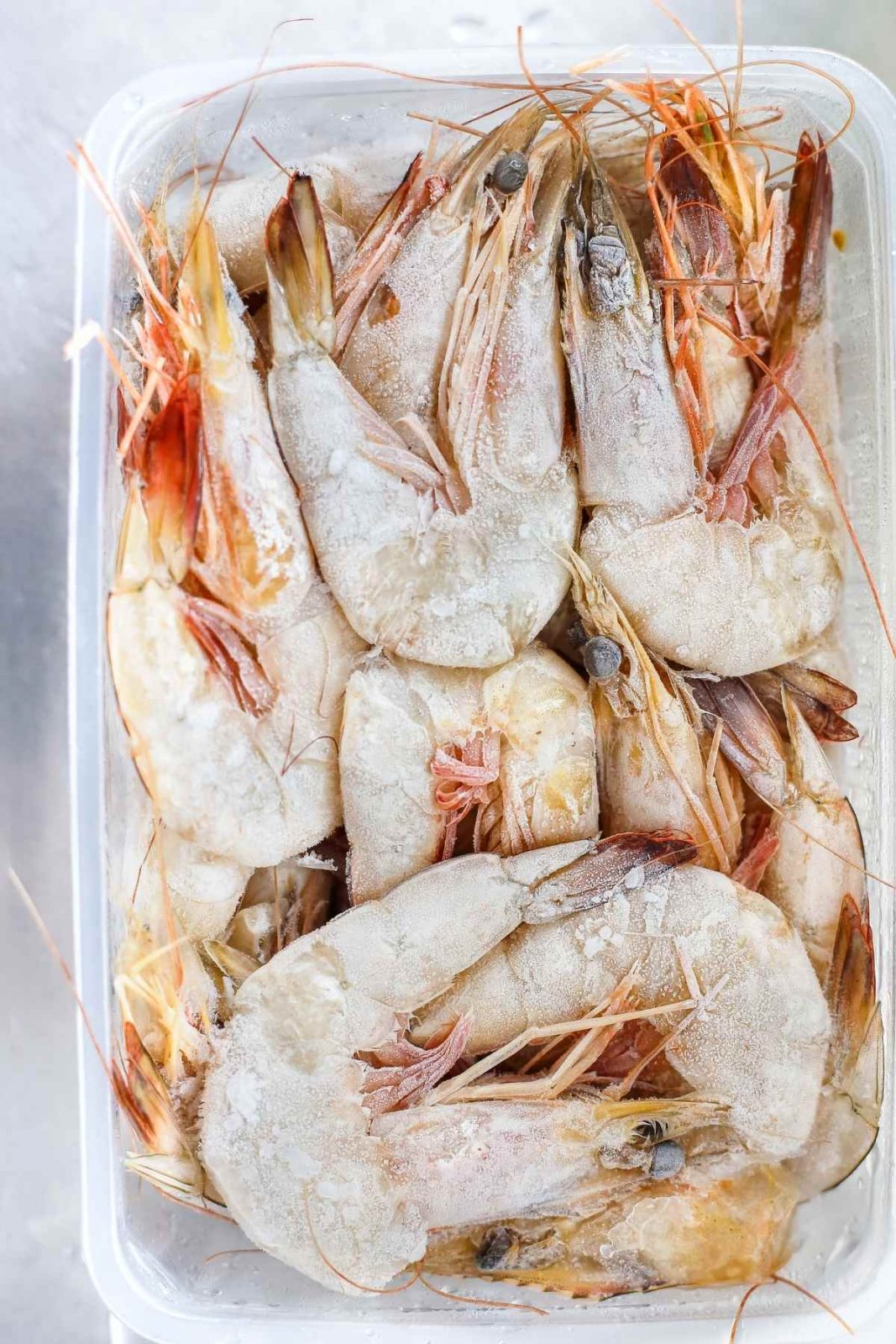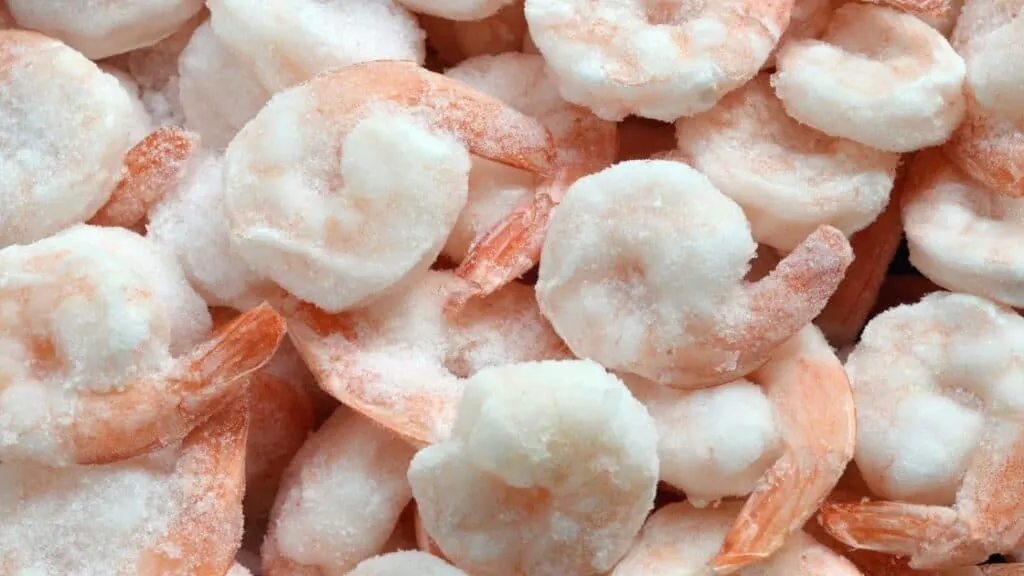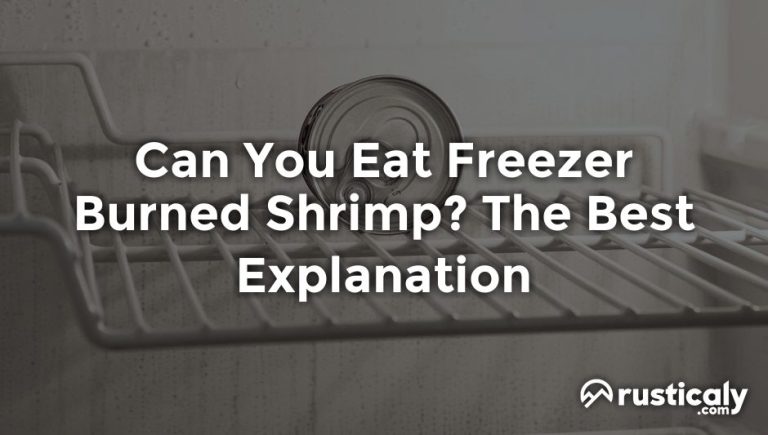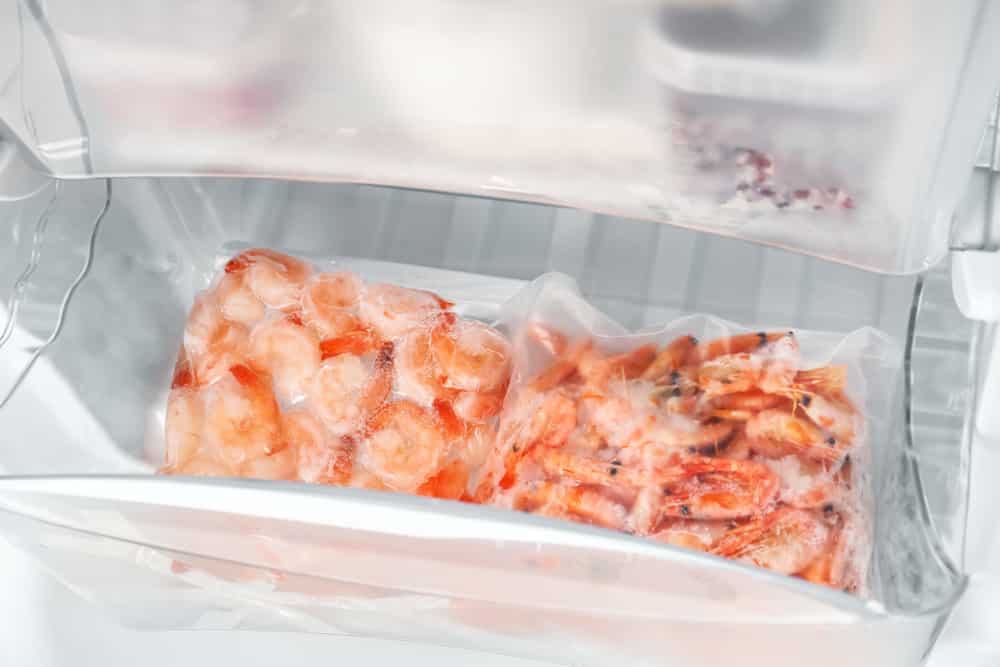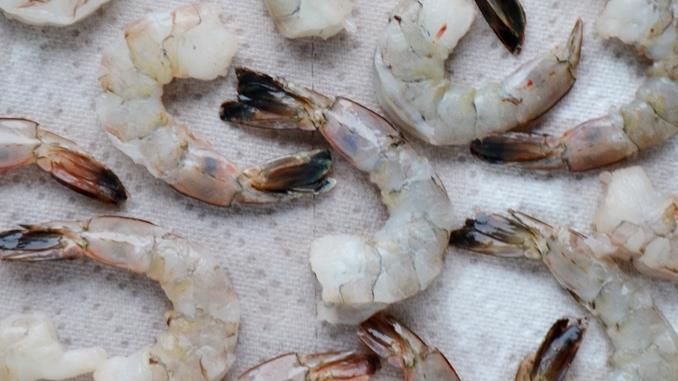Is Freezer Burn Shrimp Safe To Eat

Ever pulled a bag of shrimp from the freezer and thought, "Whoa, what happened here?" It's covered in icy crystals, looking less like delicious seafood and more like a winter wonderland. We're talking about freezer burn, folks! The culinary villain that haunts our freezers.
The Case of the Freezer-Burned Shrimp
So, the big question: Is this icy shrimp safe to eat? Will it transform your dinner into a culinary disaster? Let's dive in!
Freezer Burn: Friend or Foe?
Freezer burn isn't actually a burn. It's more like dehydration for your frozen foods. Imagine your shrimp wearing a tiny, icy spacesuit, but the spacesuit has a leak.
That leak lets moisture escape. The result? Dry, discolored patches on your once-pristine shrimp. Sounds appetizing, right?
The Good News (Yes, There's Good News!)
Here's the thing: Freezer burn doesn't make your shrimp unsafe. Phew! You won't get sick from eating it. That's a relief, isn't it?
Think of it like a bad haircut. It might not look great, but it's not going to harm you.
The Not-So-Good News
However, freezer burn *does* affect the taste and texture. Expect a bit of a rubbery, dry experience. It’s not exactly the succulent shrimp you were dreaming of.
That beautiful, bouncy texture? Gone. That sweet, ocean-fresh flavor? Diminished. Bummer.
Spotting the Culprit: Identifying Freezer Burn
What does freezer burn actually *look* like? Keep an eye out for these telltale signs.
- Icy crystals on the surface.
- Dry, white or grayish patches.
- A leathery texture on the edges.
If your shrimp is sporting any of these features, you've got a case of freezer burn on your hands.
Salvaging the Situation: What to Do with Freezer-Burned Shrimp
Okay, so you've got freezer-burned shrimp. Don't despair! There are ways to make the best of it.
First, trim away the most affected areas. A little surgery can go a long way. You're basically giving your shrimp a makeover!
Next, consider using the shrimp in dishes where the texture isn't the star of the show. Think shrimp scampi with plenty of sauce, or maybe a flavorful shrimp curry. Disguise the evidence!
Marinating the shrimp beforehand can also help to rehydrate it and add some flavor back in. A little lemon juice, garlic, and herbs can work wonders.
Avoid cooking methods that will further dry out the shrimp, like grilling or baking. Stick to techniques that involve moisture, like simmering or steaming.
Preventing Freezer Burn: A Proactive Approach
The best way to deal with freezer burn is to prevent it in the first place. A little bit of prevention can save you a lot of flavor (and frustration!).
Make sure your freezer is set to the correct temperature (0°F or -18°C). This keeps your food frozen solid. No half frozen shenanigans!
Wrap your shrimp tightly in airtight freezer bags or containers. Squeeze out as much air as possible. Air is the enemy!
Consider vacuum-sealing your shrimp for maximum protection. It’s like giving your shrimp its own personal fortress.
Use your frozen shrimp promptly. The longer it sits in the freezer, the greater the risk of freezer burn. FIFO – First In, First Out!
The Final Verdict
So, is freezer-burned shrimp safe to eat? Yes! Is it the most delicious thing in the world? Probably not. But with a little creativity and some clever cooking techniques, you can still enjoy it. Don't let freezer burn ruin your shrimp dreams!
Now, go forth and conquer your freezer! And remember, a little freezer burn is just a minor setback in the grand adventure of cooking. Happy shrimping!
